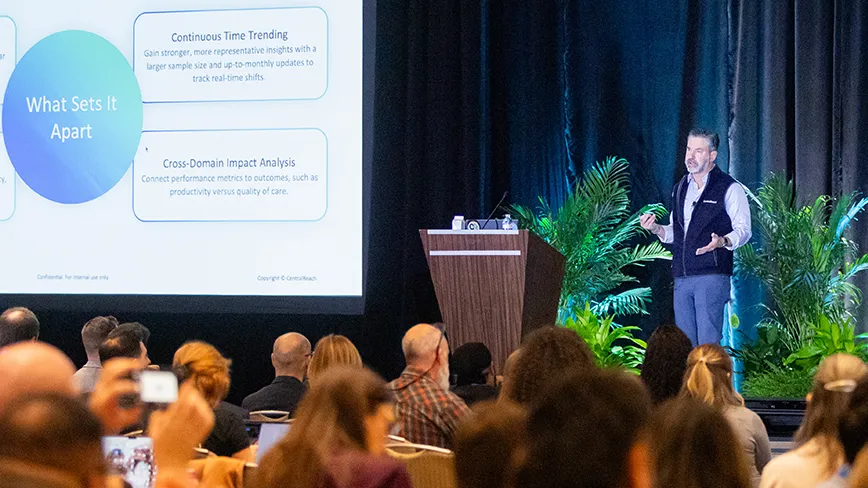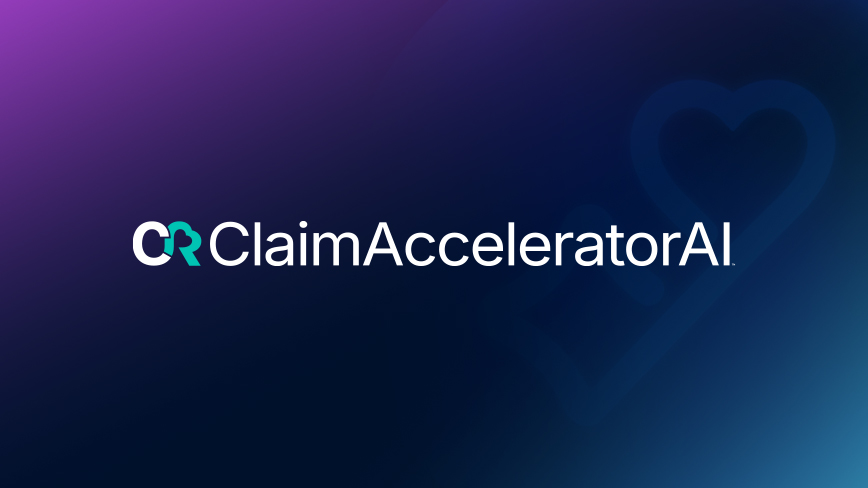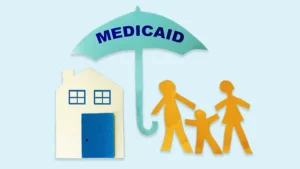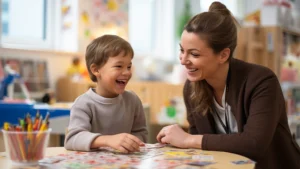Written by Becca Byers
Hailey Dumesny is a BCBA and SLP in Hoppers Crossing (near Melbourne), Australia. She’s the founder of The Helipad – Speech Pathology, and she generously agreed to share her experience of integrating Precision Teaching (PT) with speech-language pathology!
Interview highlights include Hailey’s background (00:40), using precision measurement (2:45), using frequency building and using “slices” (5:00), producing speech sounds (6:55), using Chartlytics to quantify progress (10:30), and a child’s chart (16:55).
Read below to learn a little about Hailey’s journey, gather some tips, and see some pretty cool videos.
How did you get started? Did ABA or SLP come first… and how did you start applying PT?
Hailey: I started working as an ABA therapist during my undergraduate degree (biomedical science) and then went on to complete a Masters of Speech Pathology. I continued working as an ABA therapist throughout my Masters, and that’s when I also found out I could become a BCBA. After finishing my Masters, I then began completing the requirements to become board certified. There were only 3 BCBAs in Melbourne, Australia, at the time and I couldn’t secure any supervision. I spent 6 months in America, 6 months in Sydney and a year in Perth to accrue my supervision hours. It was in Perth that I was very fortunate to work at a FIT Learning Affiliate under Dr Kimberly Beren’s supervision and I fell in love with PT!! When I moved back home to Melbourne, I finally opened my dream speech pathology clinic incorporating SLP, ABA and PT.
Can you share some tips for applying Precision Teaching specifically to the SLP work that you do?
Hailey: The first thing is to invest in a clicker/tally counter and a timer! A lot of the traditional activities that a speech pathologist uses during their sessions can be slightly tweaked to be ran in a PT format. Start by looking at a child’s current goals/programs and identifying what you are trying to increase or decrease (eg. correct productions of a sound, increasing a child’s length of utterance). The next step is then to figure out how long you will time a program – I mostly use 15 second timings, but I also use 30 second timings and session duration timings (eg. 30mins, 60mins). Some examples include counting the:
- Number of different words a child uses to describe a picture or picture sequence in 30 seconds
- Number of correct productions of “p” initial words in 15 seconds
- Number of words a child retells of a story (that they just read) in 30 seconds
- Number of times a child independently swallows their saliva before they start talking during a 30 minute session
One of the easiest ways to get started using PT is with children who need support developing their articulation, because it is easy to identify the target behaviour (eg. “k” sound at beginning of words/initial position).
Can you give a couple examples (charts and/or videos)?
Here are just two (of many) videos. Hailey uses frequency building alongside SLP to build skills!
Why did you start using Chartlytics? What kind of impact has it made on your practice?
I was using the traditional paper charts, but it was quite expensive to ship them to Australia and very time-consuming for me to update all of my client’s charts at the end of the chart cycle (I currently have 51 clients on my books). Chartlytics has helped me streamline my charting and saved me so much time! It’s so easy to save the charts as PDFs and email them to parents and teachers.
I often get asked from parents if their child is making progress, and Chartlytics lets me show them! Parents love seeing their child’s progress on the charts.





